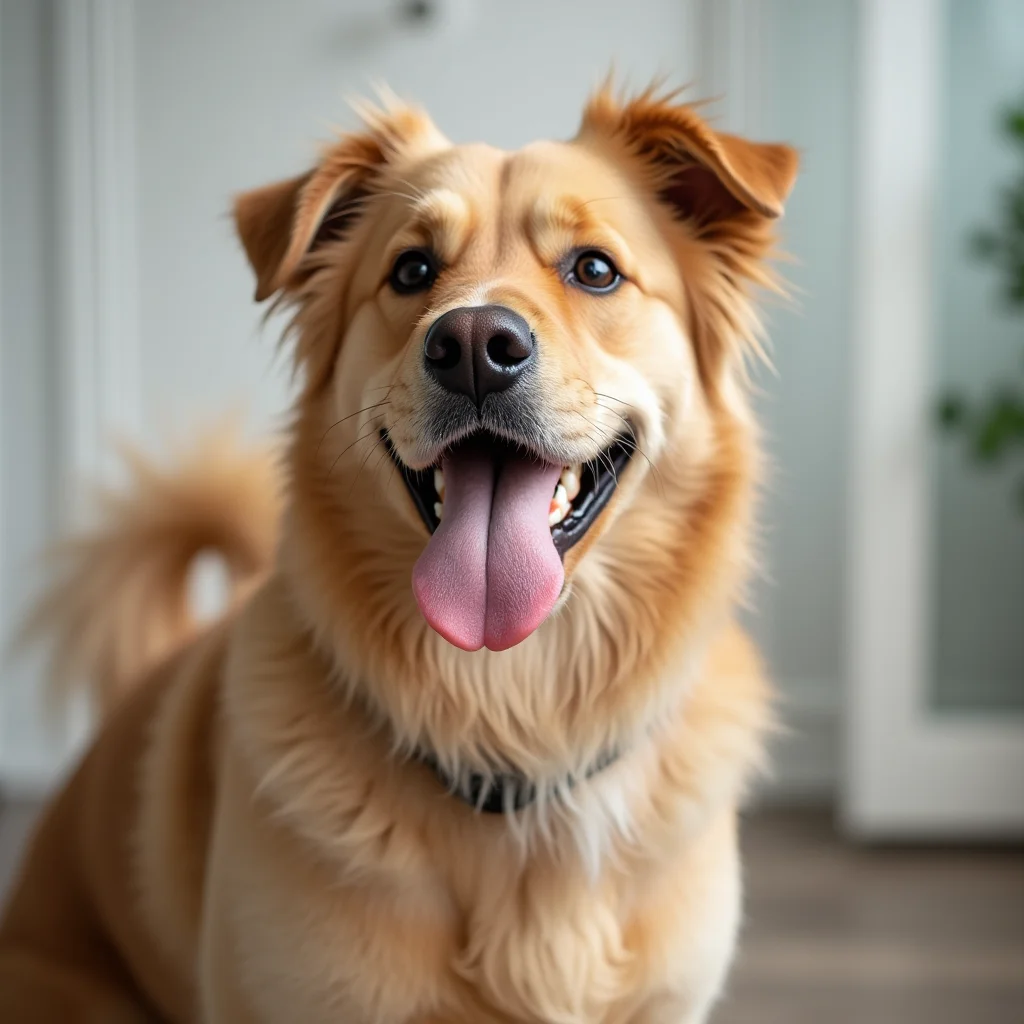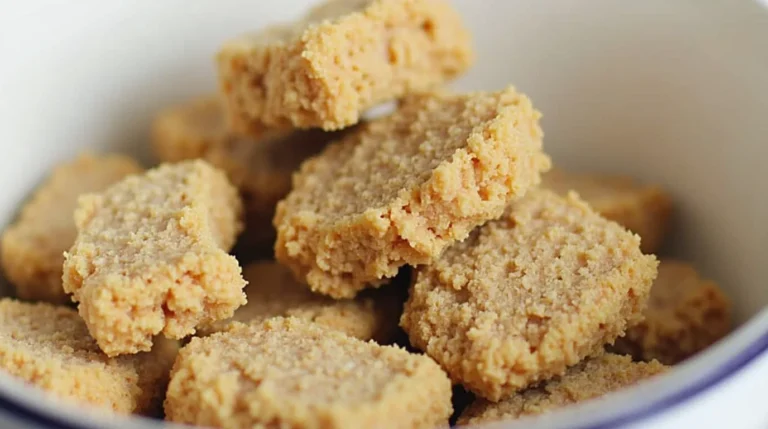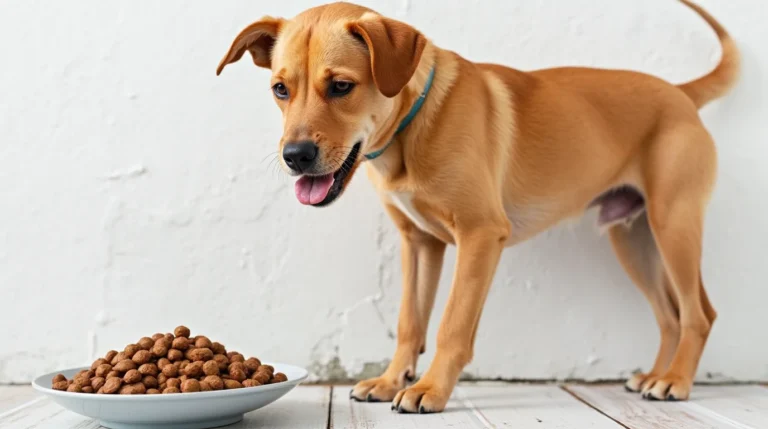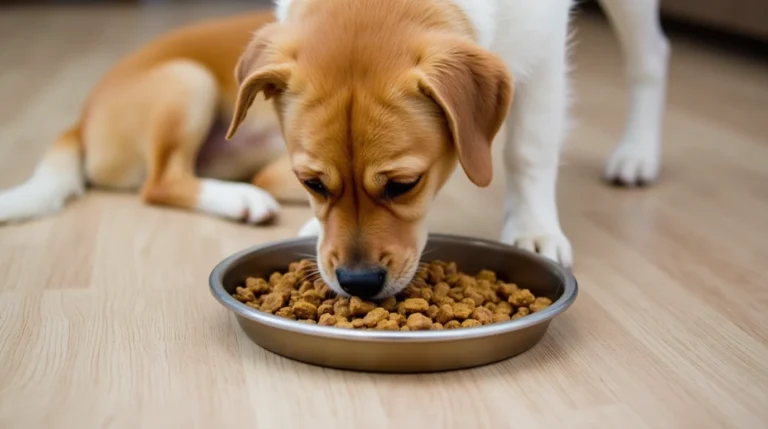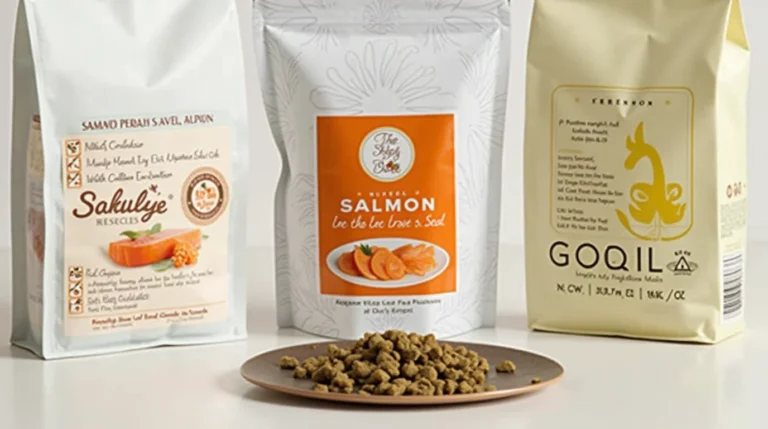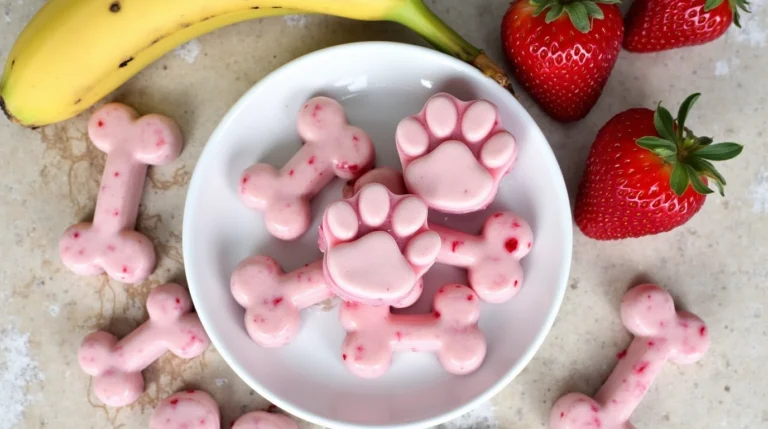Table of Contents
Helping your dog lose weight is crucial for their overall health and longevity. Obesity in dogs can lead to severe health issues, including diabetes, arthritis, and heart disease.
In this guide, we will discuss the best dog diets for weight loss. We will also share tips on portion control and exercise. These will help your furry friend reach a healthy weight.
Understanding Canine Obesity
Before choosing a weight-loss diet, it’s important to understand why dogs gain weight. Common causes include:
- Overfeeding – Feeding too many treats or oversized portions.
- Lack of Exercise – Sedentary lifestyle with minimal physical activity.
- High-Calorie Diets – Feeding high-fat, high-carb foods.
- Age and Metabolism – Older dogs burn fewer calories than younger ones.
- Medical Conditions – Hypothyroidism and other health issues can cause weight gain.
If your dog is overweight, consult your vet to rule out underlying health problems before starting a weight-loss diet.
Best Dog Diets for Weight Loss
1. High-Protein, Low-Fat Diet
- Supports lean muscle mass while reducing fat storage.
- Look for dog foods with lean proteins like chicken, turkey, or fish.
- Avoid high-fat meats and processed foods.
2. Low-Calorie, High-Fiber Diet
- Fiber keeps dogs full longer and helps control hunger.
- Foods like pumpkin, green beans, and carrots are great natural fiber sources.
- Look for “weight management” dog foods that are lower in calories.
3. Raw or Fresh Diet (Portion-Controlled)
- Includes fresh meats, vegetables, and minimal processed ingredients.
- You must balance and portion your meals correctly to avoid nutrient deficiencies.
- Consult a vet before switching to a raw diet.
4. Prescription Weight-Loss Dog Food
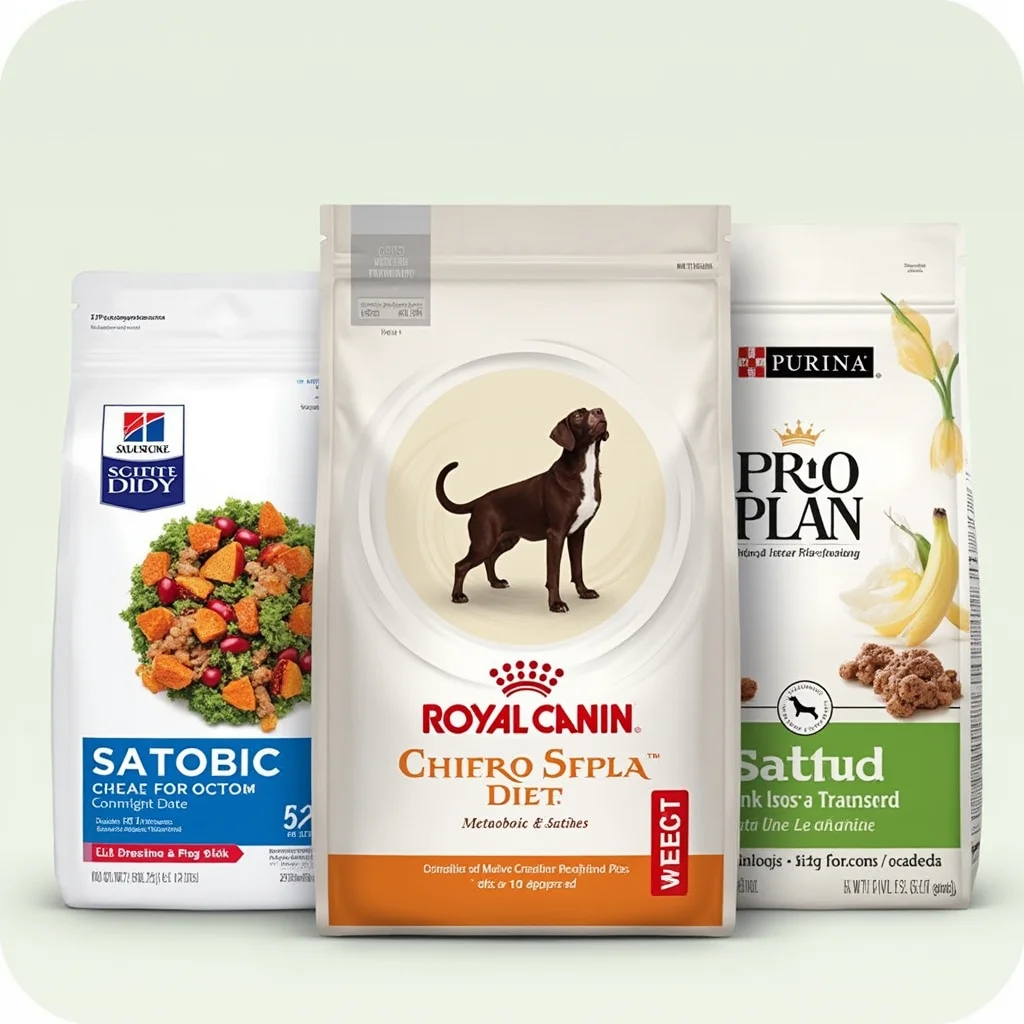
- Some brands offer vet-approved weight-loss formulas.
- Examples: Hill’s Science Diet Metabolic, Royal Canin Satiety, and Purina Pro Plan Weight Management.
- Best for dogs with medical conditions that require a controlled diet.
Portion Control: How Much Should Your Dog Eat?
A dog’s daily calorie needs depend on their weight, age, and activity level. A general rule:
- For weight loss: Feed 20% fewer calories than their maintenance amount.
- Measure portions carefully—don’t estimate! Use a measuring cup or food scale.
- Divide meals into two or three smaller portions per day to prevent overeating.
Example Feeding Guide for Weight Loss:
| Dog’s Weight | Calories Per Day (Weight Loss) | Cups of Food (Estimate) |
|---|---|---|
| 10 lbs | 200-250 | ¾ – 1 cup |
| 25 lbs | 500-600 | 1 ½ – 2 cups |
| 50 lbs | 800-900 | 2 ½ – 3 cups |
| 75 lbs | 1100-1200 | 3 ½ – 4 cups |
| 100 lbs | 1300-1500 | 4 – 5 cups |
Many commercial treats are high in fat and calories. Replace them with:
✅ Baby carrots
✅ Apple slices (without seeds)
✅ Green beans
✅ Blueberries
✅ Plain, cooked pumpkin
Limit treats to no more than 10% of your dog’s daily calorie intake.
Exercise Tips for Overweight Dogs
Diet alone isn’t enough—exercise is essential for weight loss!
- Daily Walks: Start with 15-20 minutes, then gradually increase.
- Interactive Play: Use toys, fetch, or tug-of-war to keep them active.
- Swimming: A great low-impact exercise for overweight or senior dogs.
- Puzzle Feeders: Slows down eating and encourages activity during mealtime.
If your dog is very overweight, start with short, gentle activities and build up over time.
Frequently Asked Questions
1. How quickly should my dog lose weight?
Aim for 1-2% of body weight per week for safe weight loss.
2. Can I feed my dog less of their current food for weight loss?
It’s better to choose a weight-loss formula that has fewer calories and more nutrients. This is better than just eating smaller portions.
3. Are grain-free diets better for weight loss?
Not necessarily. Grain-free diets can be high in fat and calories. Focus on low-calorie, high-fiber options instead.
4. What’s the best protein for weight-loss diets?
Lean proteins like chicken, turkey, white fish, and venison are great for weight loss.
5. Should I stop giving my dog treats during weight loss?
No, but switch to low-calorie treats like veggies or lean protein.
Conclusion
Helping your dog lose weight requires the right balance of diet, portion control, and exercise. Choose a high-protein, low-calorie diet, measure portions carefully, and stay consistent with exercise. With patience and the right approach, your dog can achieve a healthy weight and live a longer, happier life.

